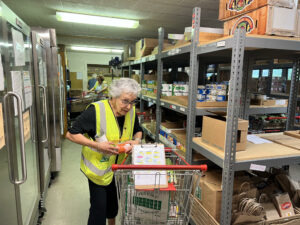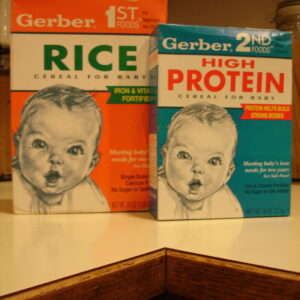The Ukrainian Folk Festival is Slated for Aug. 25

(From a press release)
Ukrainian Folk Festival 2024 will be held Sunday Aug. 25 from noon to 8 p.m. at the Ukrainian American Sport Center — Tryzub, County Line and Lower State Roads in Horsham.
Exciting, spectacular, dazzling, breathtaking, exhilarating, spirited, soulful, enchanting, captivating, and intriguing – modest words which describe but by no means capture the essence of Ukrainian folk art, music, and dance.
From the rich color and deep symbolism of the delicate “pysanka” (Ukrainian Easter Egg) to the thunderous, power, rhythm and strength of “HOPAK” – the world’s most exciting ethnic dance, and every brilliant “Kolomiyka” (polka) and soulful folk song in between, experience the Ukrainian Folk Festival 2024. We are celebrating the 33rd anniversary of our ancestral homeland’s independence.
Enjoy an outdoor summer stage concert and show 1:30 to 4:30 p.m., live orchestra music from 5:00 to 8:00 p.m., traditional Ukrainian foods and baked goods, a BBQ pit, standard picnic fare, and a vendors’ grove. There will be Ukrainian arts and crafts displays and bazaar, cool refreshments, live reenactments from Living Ukrainian History Exhibitors and Ukrainian hospitality.
“Celebrate Liberty and Unity”: A Resplendent Outdoor Summer Concert from 1:30 to 4:30 p.m., which marks Ukraine’s independence, the unity of her people, and their gallant struggle for freedom, prosperity and dignity. The artists have created a dynamic and integrated collaborative program that will excite the senses.
The featured performers are: Desna Ukrainian Dance Co. of Toronto; Voloshky Ukrainian Dance Ensemble; Korinya Ukrainian Folk Band; Ukrainian superstar singer-songwriter Iryna Lonchyna; violinist Innesa Tymochko Dekajlo; Vox Ethnika Orchestra performing Ukrainian, East European, traditional, ballroom, rock, and modern (5 t0 8 p.m.) – will follow the stage concert and show.
The banner of Jasna Gora and the St. Michael’s Kozaks (Living Exhibitors of Ukrainian History) will be on display.
Admission (open to general public – at gate only): $15 ( a portion of each ticket price is donated to relief of Ukrainian war victims.) Kids under 15 are free. There is free parking. Info at (267) 664-3857 or visit info@tryzub,org.
The Ukrainian American Sport Center is a 501 (c) (3) tax-exempt charity: Festival Proceeds benefit humanitarian, sports, community, cultural and artistic programming.
Please follow DVJournal on social media: Twitter@DVJournal or Facebook.com/DelawareValleyJournal












